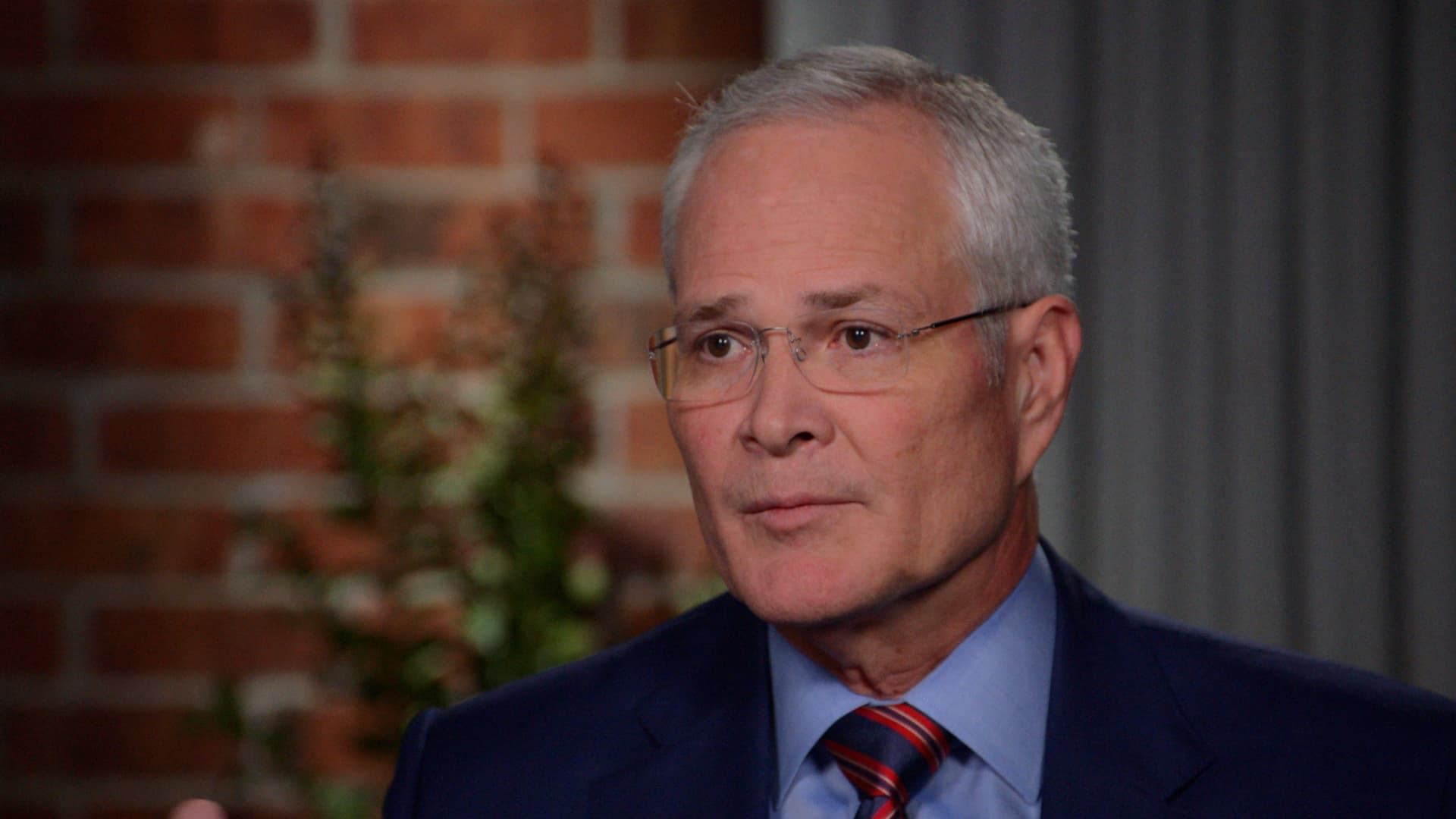The Problem With Common E-Bike Laws: They’re Largely Unenforceable

In a recent article, I covered an impressive e-bike ride through the streets of Los Angeles. While the bike had a top speed of 33 MPH, it still moved faster than the cars because it could pass cars in the bike lane or along the curb when cars were stuck in traffic. But, as I pointed out, this isn’t an ideal transportation solution:
The only downside I see here is that the ride looked a bit intimidating. The lack of consistent bike lanes, the need to weave around traffic, and many other things make for a ride that many people would feel like they might die on. So, the second important takeaway is that we need better infrastructure for e-bikes and other micromobility options like scooters. With that, many more people would be willing to go from four wheels to two.
Despite this, I did have a couple of people (one a fellow writer) on social media annoyed with me for not mentioning that what the guy was doing was illegal. While I initially poked fun at one reader for pointing this out, I didn’t think too hard at first about why I have a disdain for California’s bike laws (which some other states share). This disdain led me to not just leave them unmentioned in my article, but also to poke fun at people pointing them out.
So, I wanted to point out why I don’t think the three classes of e-bikes are a great regulatory solution, and are thus not worth hyperventilating over.
The Practical Problem With E-Bike Laws
The fundamental problem with common e-bike laws is that they tend to regulate equipment instead of rider behavior. The California MVD describes their laws like this:
An electric bicycle is a bicycle equipped with fully operable pedals and an electric motor of less than 750 watts. Three classes of electric bicycles have been established:
Class 1: A low speed pedal-assisted electric bicycle equipped with a motor which provides assistance only when the rider is pedaling and ceases to provide assistance when a speed of 20 mph is reached.
Class 2: A low speed throttle-assisted electric bicycle equipped with a motor used exclusively to propel the bicycle and NOT capable of providing assistance when a speed of 20 mph is reached.
Class 3: A low speed pedal-assisted electric bicycle equipped with a speedometer, and a motor which provides assistance only when the rider is pedaling and ceases to provide assistance when a speed of 28 mph is reached.
Ultimately, equipment does affect rider behavior, but for that to actually happen, the regulations have to be enforceable. As it stands now, police basically ignore e-bikes and people can do almost whatever they want, like the rider in the video. Sadly, there is a very specific reason for this.
The real problem is that when legislatures make laws and local governments make ordinances, they rarely factor in how the law would actually work with law enforcement. Sure, we often get statements from police chiefs, sheriffs, and police unions about laws, but that only gives us the view of an appointed police chief (who wants to impress the city council and manager), an elected sheriff (who wants to impress his/her county’s voters), and the view of the union (which cares about what’s best for police officers personally). Only rarely do police actually discuss what I’m about to point out.
The practical situation on the ground is that police powers are very limited in the United States. This was done intentionally before police officers broadly even existed, with an aim to protect individual rights. We have things like a right to be free of warrantless searches and seizures (Fourth Amendment), the right to not self-incriminate (Fifth Amendment), and the right to face our accusers in a fair trial (Fifth and Sixth Amendments).
So, if you’re a cop sitting on the side of the road in Los Angeles, and a bike goes by, you can’t just be like, “I wonder what kind of motor that bike has.” and go detain the rider. To detain him and inspect his bike, you’d have to have reasonable articulate suspicion for the temporary detainment.
If you were lucky enough to be sitting in the right spot with a radar gun while he was at top speed, you might be able to go pull him over, because you had some evidence that the man was committing a crime. If you could put into words (articulate) reasons you had to think his speed was greater than 28 MPH, you could do it without the radar gun, but . But, if you were standing on the sidewalk and he passed by in the bike lane going 10 MPH (during one of the times he was passing traffic), you’d have zero reason to further investigate him (and, honestly, he probably wouldn’t even catch a cop’s attention).
So, absent egregious violations that can give a law enforcement officer reasonable suspicion, the three-tier e-bike regulatory scheme is basically unenforceable in the United States. So, police will spend time on things they think matter and that they can do something about.
The current situation, where e-bike riders freely ignore e-bike laws and police ignore them is the result of all this.
A Better Alternative
The truth is, another California law (and similar laws in most US states) gives police a different tool to increase public safety with e-bikes. In California, Vehicle Code 23103 already makes reckless operation of a vehicle (including bicycles) a crime. To get busted for this, a police officer only needs to observe “willful or wanton disregard for the safety of persons or property.”
The best part? The police officer doesn’t need to know what class your bike is, exactly how fast you’re going, or how many watts are going into your motor. VC 23103 regulates rider and driver behavior, and not their equipment.
So, I’m not going to worry myself much about classes of e-bikes, whether someone belongs in a bike lane, etc. If their behavior really becomes a serious risk to anyone’s safety, there’s already another law for that which could be enforced against them.
Featured image: Screenshot from the embedded video in this article, video by Calibike.
Appreciate CleanTechnica’s originality and cleantech news coverage? Consider becoming a CleanTechnica Member, Supporter, Technician, or Ambassador — or a patron on Patreon.
[embedded content]
Advertisement
 This post has been syndicated from a third-party source. View the original article here.
This post has been syndicated from a third-party source. View the original article here.




